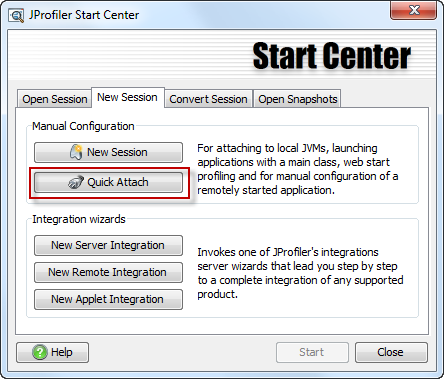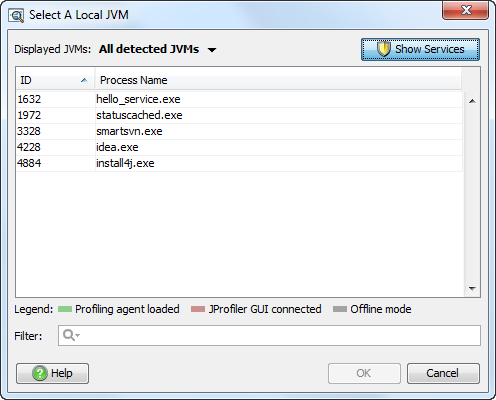As always, we try to provide an IntelliJ IDEA plugin immediately when a new major version of IDEA is released.
Most of the time, a release of IDEA does not coincide with a JProfiler release, so we release the plugin separately in the plugin manager. To install the JProfiler plugin in IDEA (both community and ultimate editions), click on “Browse repositories” in the plugin manager and look for “JProfiler”.
The plugin will be bundled in the upcoming JProfiler 7.1 release.
Update (2012-01-16): By mistake, the plugin version (different from the JProfiler version) decreased from 10.3 to 10.2, so many update problems were caused by this. Now the plugin version has been increased to 11.0 and the update should work if you had 10.2 or 10.3 installed previously.



